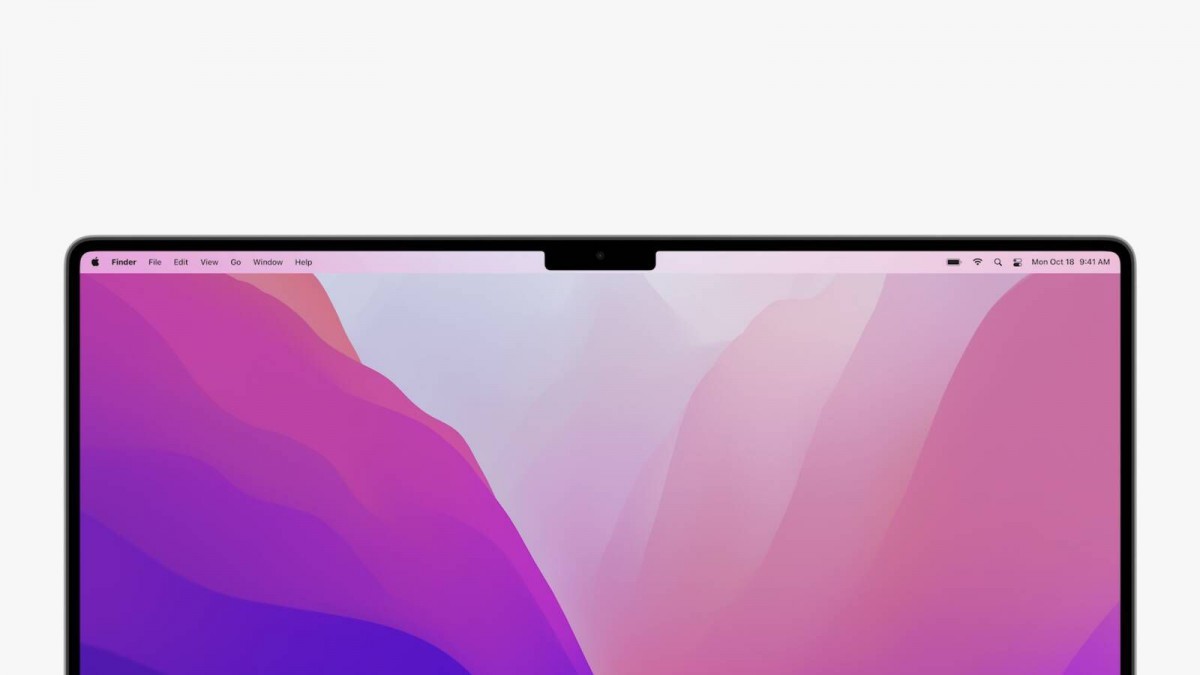After introducing notches on the iPhones a few years back, Apple has now added it to its laptops also, starting with the newly launched MacBook Pro models. The notch or the camera housing as the company prefers to call it is placed right in the top-center position of the display.
Thanks to the notch, Apple managed to slim down the bezels surrounding the display, offering a more screen-to-body ratio. Many users are not happy with this move, either because of the aesthetics or because it comes in the way of usual working conditions.
Whatever be your reason, if you are looking for a way to hide the notch on your MacBook Pro laptop, then here are two different methods that you can try.

Method 1
One of the easiest ways to hide the notch on your new MacBook Pro for a specific application is by using that app in fullscreen mode. For this, just click on the green-colored button at the top-left corner of the app’s window which will make the app fullscreen, hiding the notch.
So, what basically happens is that in the fullscreen mode, the application leaves the notch area and the top margin for the app starts from where the notch area ends, and the notch area is also blacked out, effectively giving a notch-free user experience.
Method 2
Another way to hide the notch on the new Apple MacBook Pro models is using third-party apps. As the notch is a hardware addition, there’s no way to completely get rid of that area but with the help of applications, the notch area can be forced to show a black-colored bar, giving your device a notch-less look.
Here are a couple of applications that you can use to hide the notch on your laptop.
- Forehead – This free application lets the user switch between the default wallpaper and a black notch-less one. It also offers options to round the corners of the screen, similar to the rounded top corners of the MacBook. Interestingly, the app will soon be updated to simulate notch functionality on older Macs.
- TopNotch – This is yet another free app that supports Dynamic Wallpapers and remains in the background and detects wallpaper changes. It can also work with multiple displays and spaces.
